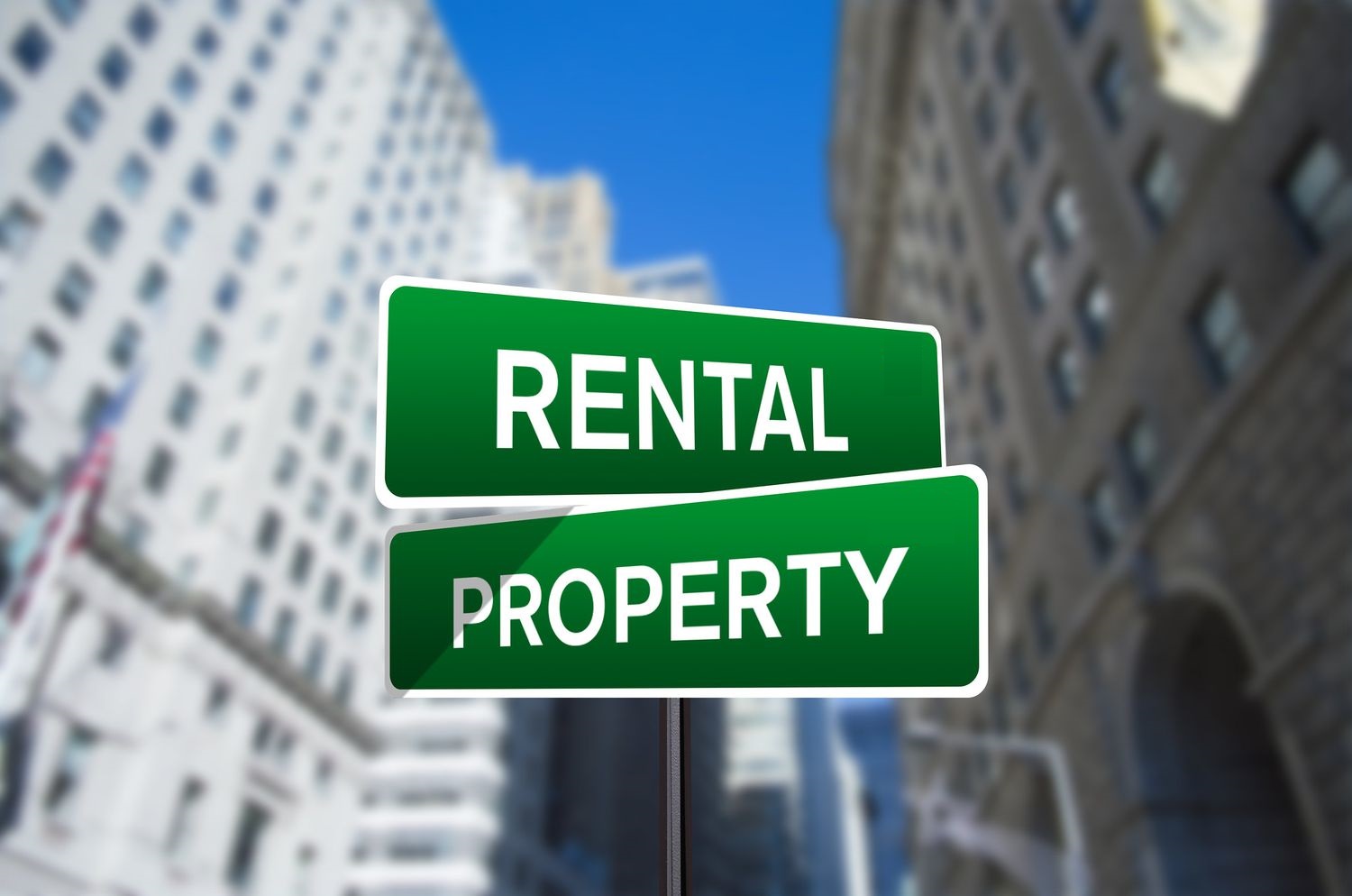
Selling a rental property is more complex than a standard home sale. It involves tenants, income records, capital gains tax, and preparing a property that’s been lived in (or rented out) for a time. Whether you’re downsizing, rebalancing your portfolio, or exiting real estate altogether, here are ten essential tips to help you navigate the process successfully.
1. Review Your Financials and Tax Implications
Before listing, get a clear understanding of your finances. Document rental income, expenses, repairs, and depreciation taken. The sale may trigger capital gains tax on the appreciated value of the property. Consult with a tax advisor to understand your province’s tax laws, deductions, and possible exemptions. Being prepared helps you avoid surprises at closing.
2. Time the Sale Strategically
Timing matters. If you can, wait until the market is favourable—low inventory, rising property values, or high buyer demand can help you command a better price. Also consider the tenant lease cycles: selling when tenants are out or during a lease’s final months gives you flexibility for showings and marketing without major disruption.
3. Decide Whether to Sell With Tenants In Place or Vacant
You have two main routes:
• Sell with tenants in place: This gives buyers immediate rental income and may appeal to investors. But it can limit showings and complicate negotiations.
• Sell vacant: Easier to show and appeal broadly to both end users and investors. But it might require incentives or covering vacancy costs until you find a buyer.
Choose the path that aligns with your timeline, tenant cooperation, and buyer pool in your area.
4. Make Repairs and Improvements That Add Value
Rental properties often suffer wear and tear. Invest in strategic repairs and upgrades:
• Fix plumbing or electrical issues.
• Repaint in neutral tones.
• Update kitchens or bathrooms modestly.
• Address curb appeal: landscaping, lighting, exterior surfaces.
• Deep cleaning, decluttering, and staging go a long way.
Focus on improvements with a strong return on investment and that appeal to prospective buyers or investors.
5. Gather All Documentation and Records
Buyers—especially investors—will want detailed records. Prepare:
• Rent rolls and lease agreements
• Expense history: maintenance, utilities, insurance, property taxes
• Repair invoices and renovation records
• Tenant security deposit accounting
• Property inspection reports
The better organized your documentation, the more trust you instill in buyers and the smoother due diligence will be.
6. Price with Rigor and Realism
For rental properties, pricing isn’t just about what similar residences sold for; it must reflect income potential, expenses, and risk. Use metrics like net operating income (NOI) and cap rates. Be realistic—overpricing disappoints and stagnates a listing. If possible, work with an experienced realtor who understands rental/investment metrics in your market.
7. Market to the Right Buyer Pool
Your target audience is different than for a primary residence. Market toward:
• Real estate investors
• Landlords looking to expand
• Buyers seeking passive income
Use listing language highlighting features like stable tenant income, property condition, occupancy rate, and financial documents to attract serious buyers who understand rental property dynamics.
8. Plan for Showings with Respect to Tenants
If tenants remain during the sale, plan showings carefully. Notify them with ample time, coordinate schedules, and maintain respect for their space and privacy. Offer incentives or rent concessions if needed. The cooperation of tenants can greatly influence buyer perception. Well-kept, respectful tenant relationships show that the property is well-managed.
9. Be Transparent About Issues
Investors value transparency. Disclose known issues—structural defects, deferred maintenance, environmental risks, or tenancy challenges. Providing full disclosure builds credibility and avoids renegotiation or surprise demands later. A buyer who feels informed is more likely to move forward confidently.
10. Prepare for Transition and Closing Adjustments
Plan ahead for a smooth closing:
• Ensure all tenant deposits, rent prorations, taxes, and utilities are accounted for.
• Coordinate possession dates in leases or vacancy.
• Schedule final inspections and walkthroughs.
• Prepare for potential post-sale property management transition if buyers are investors.
These details can derail closing if not handled proactively.
Final Thoughts
Selling a rental property is more than listing real estate—it’s selling a business asset with income, processes, and expectations tied to it. The more you prepare financially, operationally, and strategically, the cleaner and more profitable your sale will be.
If you're planning to sell a rental property in the Fraser Valley or nearby, I Jag Sidhu can guide you through pricing, marketing to investors, handling tenants, and maximizing your return. Let’s craft a plan that respects your time, protects your investment, and delivers success.
Posted by Jag Sidhu PREC* on

Leave A Comment